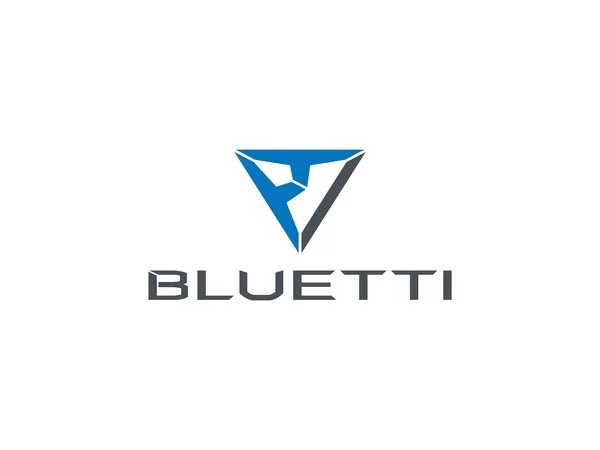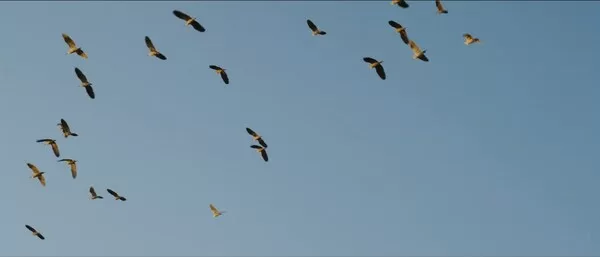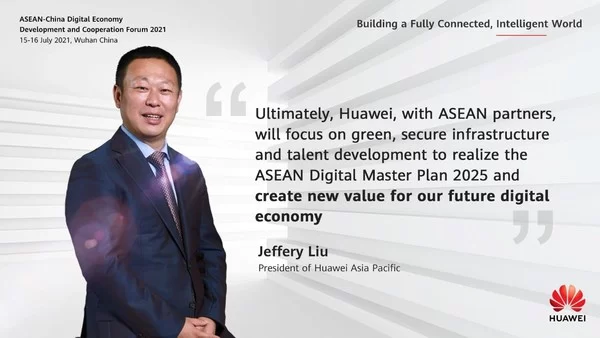Features Recycled Manufacturing Scraps for Resin Bezel and Band TOKYO, May 15, 2024 — Casio Computer Co., Ltd. announced today the release of the latest addition to the G-SHOCK…
bolttech solidifies Japan presence, partners with Back Market
The launch of the strategic partnership builds on bolttech’s growth momentum in the Japan market TOKYO, March 14, 2024 — International insurtech bolttech today announces its partnership in Japan with…
BLUETTI Launches Trade-in Program to Encourage Upgrades and Sustainable Living
LAS VEGAS, May 5, 2023 — BLUETTI, a provider of eco-friendly portable power solutions, has launched a new trade-in program to promote…
Protecting migratory birds and their precious wetland habitat with AIoT technology
A dedicated team of conservation specialists works unceasingly to protect migratory birds at Beibayao Wetland of the Dongtan Reserve in Shanghai, China. To help them monitor the site and…
Rebound Plastic Exchange to support Malaysia achieve its Plastics Sustainability Roadmap by 2030
Rebound Plastic Exchange, a quality assured global trading platform for recycled plastics, will ensure transparency whilst facilitating cross border trade to unlock circularity worldwide. ABU DHABI, UAE, Dec. 10,…
Rebound Plastic Exchange ready to unlock new opportunities for recycled plastics in Hong Kong
Rebound Plastic Exchange, a quality assured global trading platform for recycled plastics, will ensure transparency whilst facilitating cross border trade to unlock circularity worldwide. ABU DHABI, UAE, Dec. 9,…
Yangtze finless porpoise: Protecting China’s ‘Smiling Angel’
BEIJING, Nov. 11, 2022 — A news report from China.org.cn on China’s efforts to protect Yangtze finless porpoise:   https://www.youtube.com/watch?v=OeeZpJbI6zk In a recent poll, netizens voted to…
CGTN: How to protect wetland and build a shared future for all life on Earth?
BEIJING, Nov. 6, 2022 — More than a billion people across the world depend on wetlands for their livelihoods – that’s about one in eight people on Earth. However,…
At GWF 2022, Jane Goodall and Jack Dangermond Call for Collaboration for a Sustainable Future
AMSTERDAM, May 12, 2022 — Our world is facing many challenges today. Together with the pandemic and its aftereffects, we now have a global climate emergency and developing fallouts. In…
Huawei vows to empower ASEAN’s green development with digital power innovations
KUALA LUMPUR, Malaysia, July 16, 2021 — Global leading ICT technologies provider Huawei will leverage its digital power innovations to enable ASEAN’s cooperation on climate change and green development, said Jeffery Liu, President of Huawei Asia Pacific at the online ASEAN-China Digital Economy Development and Cooperation Forum 2021 on Friday. …











